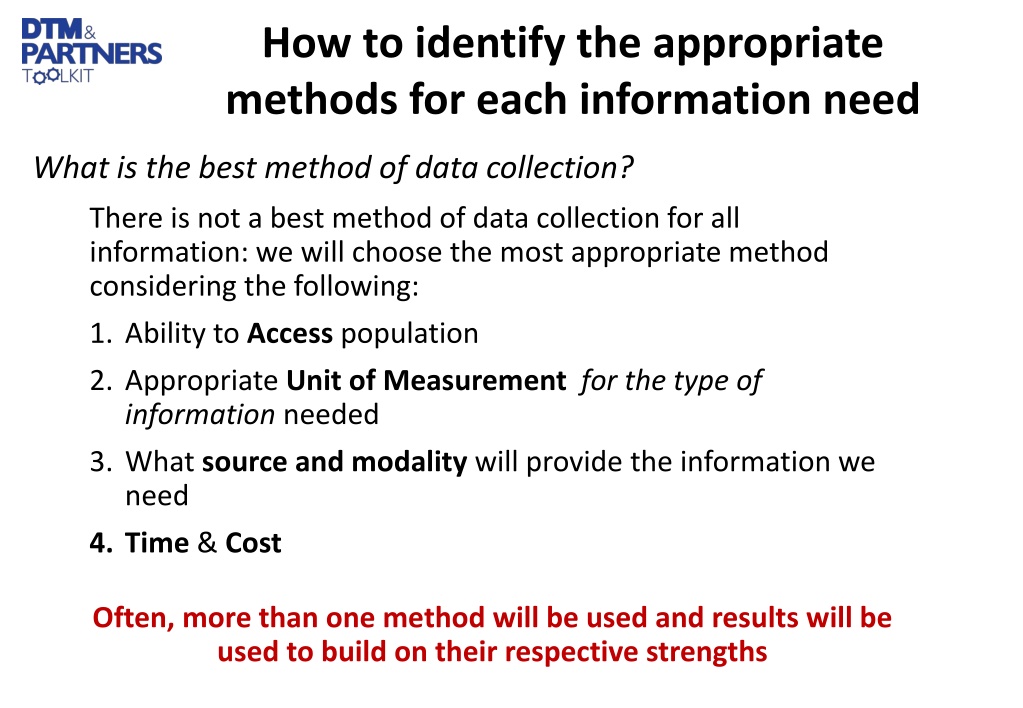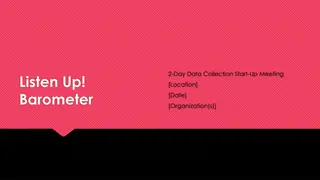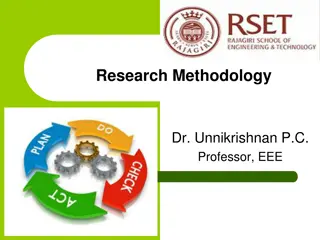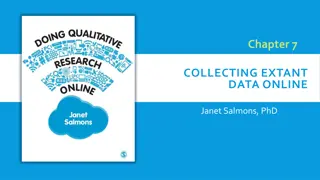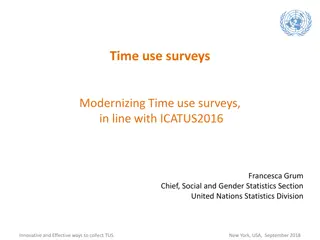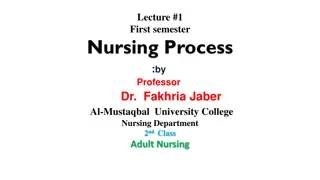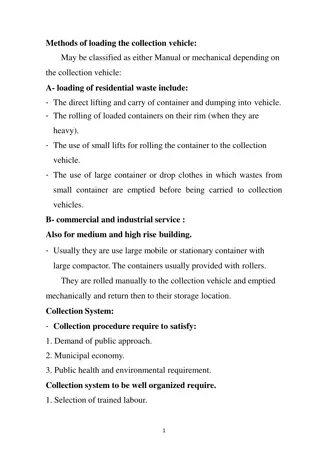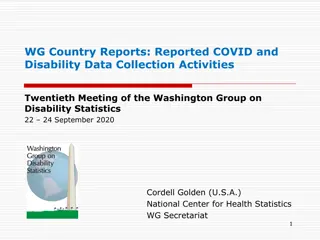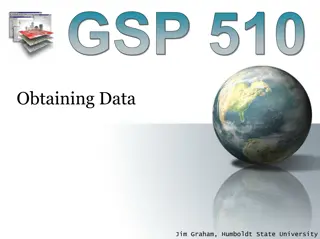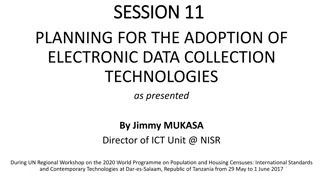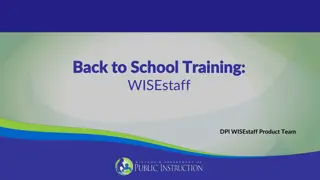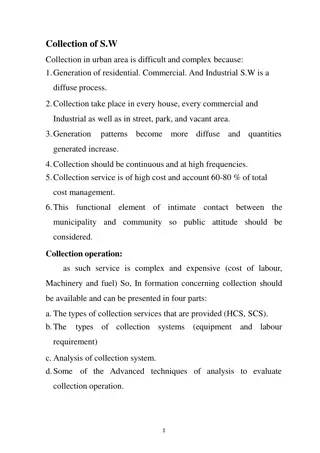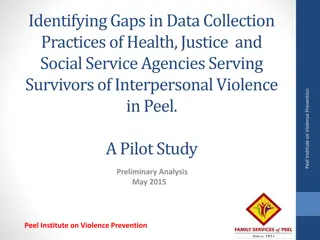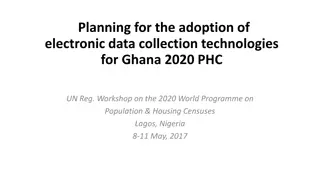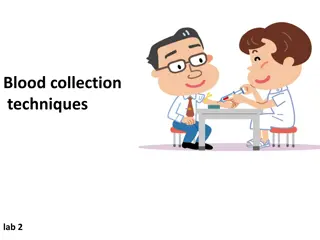Methods for Information Needs: Data Collection Insights
Evaluating methods for data collection based on factors like population access, appropriate measurement units, sources, and modalities, taking into consideration secondary data review, direct observation, key informant interviews, and more.
Download Presentation

Please find below an Image/Link to download the presentation.
The content on the website is provided AS IS for your information and personal use only. It may not be sold, licensed, or shared on other websites without obtaining consent from the author.If you encounter any issues during the download, it is possible that the publisher has removed the file from their server.
You are allowed to download the files provided on this website for personal or commercial use, subject to the condition that they are used lawfully. All files are the property of their respective owners.
The content on the website is provided AS IS for your information and personal use only. It may not be sold, licensed, or shared on other websites without obtaining consent from the author.
E N D
Presentation Transcript
How to identify the appropriate methods for each information need What is the best method of data collection? There is not a best method of data collection for all information: we will choose the most appropriate method considering the following: 1. Ability to Access population 2. Appropriate Unit of Measurement for the type of information needed 3. What source and modality will provide the information we need 4. Time & Cost Often, more than one method will be used and results will be used to build on their respective strengths
Ability to Access Population Secondary data review Analysis Direct observation Key informant interview Experts /Service Providers interviews Community group / Focus group discussions Households /individuals survey Facility data Sufficient information available? No Yes Access to affected areas? No No Key informants/Service providers known & remotely accessible? Aerial/satellite imagery available? Yes Yes No Respondent safety guaranteed? Remote sensing Yes Remote Key Informant /Service Providers interview Analysis
Appropriate Unit of Measurement for the type of information Facility Assessment Unit of measurement Direct Observation Facility admin data Key Informants Interviews Experts /Service Providers interviews Individual Community/ Focus Groups Discussions Household Individual and Household surveys Individual and Household registration Affected Group Community Time and cost
Information provided by each method 1/3 AffectedGroup Community Key Informants Interviews (enumerators and respondents are not Sectoral Experts, e.g., DTM MSLA): Location of displaced population, estimated number of people, Information about the impact of the crisis on the community, availability of goods and services, distance to facilities (e.g., number of latrines in the site, number of people sleeping outdoors ) Direct Observation in community (observers are not sectoral Experts, e.g., DTM MSLA): triangulate data from other methods, discover what is and is not there, spot abnormalities (e.g., many children in the streets during school hours, female latrines not segregated, garbage not removed, presence of stagnant water) Focus group discussions (with homogenous groups) provide a more in-depth understanding of risks, obstacles to access, awareness, use and quality of services, as well as expectations, needs and challenges faced by specific groups. Useful to obtain the perspectives of specific groups (e.g. women feel unsafe in the site because.., boys do not o to school because , women priorities are..., reasons for increase of early marriage )
Information provided by each method 2/3 Individual Household Households/Individual Surveys: understand conditions, needs, resources and priorities as identified by individuals or household representatives, based on pre-defined indicators. Useful for information highly different amongst HHs or Individuals (e.g., income, level of education, awareness of and satisfaction with services, children out of school, prevalence of persons with disabilities ...) Results of Surveys result may be generalizable to the whole community or not, depending on the way the survey was designed and conducted Total numbers of people in a location cannot be an outcome of surveys, as surveys are done on a sample
Information provided by each method 3/3 Facility Assessment Facility admin data: documented statistics on facility beneficiaries and on availability of resources (e.g., attendance of girls and boys, ratio of teachers /pupils, prevalence of diseases, type of healthcare services available in the hospital, number of cases/reported incidents...) Service Provider /Experts Interviews: Collects in-depth information on challenges, risks, needs and resources of the facility and their ability to provide services, and expert opinion on dynamics, causes of challenges faced by users of the service (e.g., used curriculum, training needs of staff, recommended solutions to increase access to services for persons with disabilities, common types of GBV issues ) Focus group discussions (e.g., with teachers, members of the Parent Teacher Association and/or School Management Committee, nurses, doctors, hospital cleaning staff...) Provide a more in-depth understanding of the service environment and proposed solutions. Observation at Facilities: information on infrastructure and conditions at the time of the visit (e.g., classrooms conditions, overcrowding, visible hygiene concerns...).
